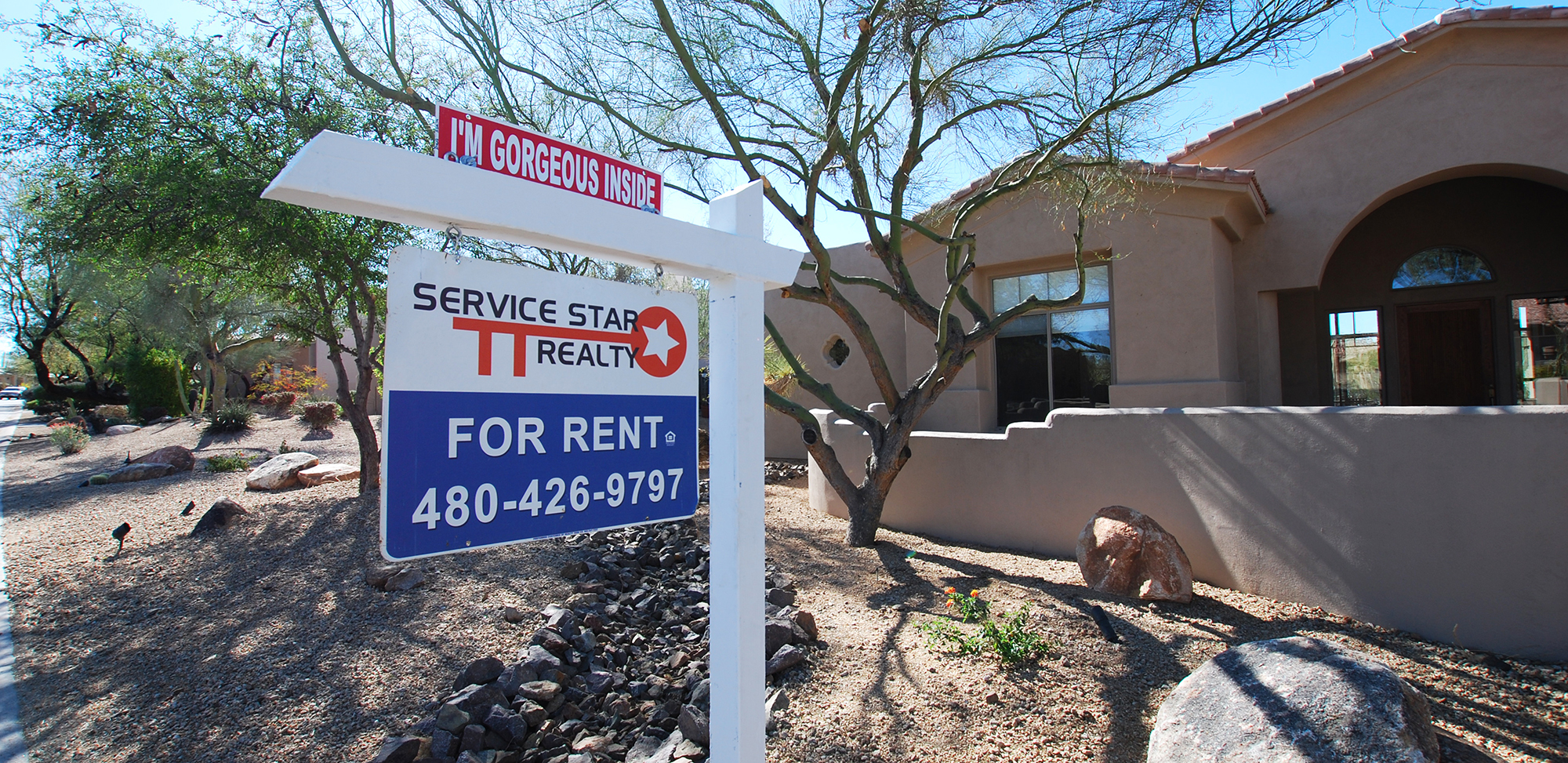Normal Wear and Tear vs Tenant Damage
Many of our long-time readers already know that our team members go to the National Association of Residential Property Managers (NARPM) conference each year. We always return with so much additional knowledge. Our team has learned about everything from legal updates to new industry regulations. Through our new knowledge, we are able to improve our services as a Phoenix property management team.
This year, we learned new information about regulations and guidelines which give us clearer insight about when we can get payments from the tenant's security deposit for various kinds of damage. These regulations outline what constitutes normal wear and tear compared to what is considered a damage caused by the tenant.
Below, we have included a list of what is considered normal wear and tear. This list will help us set charges fairly for our landlords and tenants. Hopefully, this list will help us to reduce the number of security deposit disputes we handle as a Phoenix property manager. While it is fair to use a security deposit to repair a tenant's damages, using the deposit can lead to a legal battle that takes time and money to resolve. Ideally, this list will also help tenants know what kinds of damages they need to avoid and take better care of the property.
Examples:
Normal Wear and Tear
- Fading, peeling or cracked paint
- Slightly torn or faded wallpaper
- Small chips in plaster
- Nail holes, pin holes or cracks in a wall
- Doors that stick from humidity
- A cracked windowpane from a faulty foundation or the building settling
- Floors that need a coat of varnish
- A carpet that is faded or worn thin from walking
- Loose grouting and loose bathroom tiles
- Worn or scratched enamel in old bathtubs, sinks or toilets
- Rusty shower rods
- Partially clogged sinks caused by aging pipes
- Dirty or faded lamp or window shades
Tenant Damage
- Gaping holes in the walls or plaster
- Drawings, crayon markings or wallpaper that the owner did not approve of
- Seriously damaged or ruined wallpaper
- Chipped or gouged wood floors
- Doors that are ripped off their hinges
- Broken windows
- Missing fixtures
- Holes in the ceiling from removed fixtures
- Holes, stains or burns in the carpet
- Missing or cracked bathroom tiles
- Chipped and broken enamel in the bathtubs and sinks
- Clogged or damaged toilets from improper use
- Missing or bent shower rods
- Torn, stained or missing lamp and window shades.
While most of our landlords are already aware that we can charge tenants for damages, many of you may be unaware that we are actually not allowed to charge after a certain point in the item's life. As a Phoenix property manager, we are only allowed to charge for damages if the item is younger than its life expectancy. For example, linoleum is expected to last for five years. If the tenant damages the linoleum after five years, we cannot charge for replacement.
We can consider a real-life example of this happening. Imagine that a tenant is moving out of a property, but they have left the property with paint issues. We previously did a full paint job a few years ago, and we still have receipts from this past job. Now, we are going to have to paint the entire unit again. According to existing laws and regulations, the paint had another three years of life in it if it was semi-gloss paint. If it was flat paint, it had one year of life in it. Since we did the paint job two years ago, the paint still had either 60 percent or 33 percent of its life expectancy left. We would charge the tenant for either 60 percent or 33 percent of the cost based on whether it is semi-gloss or flat paint. We also need to have the past invoice on hand to show when the repair previously occurred. According to regulation, different repairs have a different life expectancy.
Life Expectancy
- Carpeting: 5 years
- Refrigerators: 10 years
- Enamel painting: 5 years
- Flat paint: 3 years
- Linoleum: 5 years
Previously, Phoenix property management teams had to figure out the life expectancy of different items on our own. As you can imagine, this led to potential problems. While we used a standardized formula for all of our units, tenants could still challenge the estimated life expectancy of any particular item or repair.
Now, we have a published list of expectations for each item's life expectancy that we can use. Instead of having to determine these costs on our own, we can turn to this regulation list. This means we have better chances of recovering your money because we no longer have to operate in a gray area about what we can and cannot charge for.
The same thing is true for our list of damages versus wear and tear. By explicitly detailing which items should be included on which list, we have removed one potential legal argument that tenants like to make. If a tenant damages your property, we have added legal ammunition for proving your case and getting your damages covered. For your good tenants, this list is also a helpful tool that shows which repairs must be made before they leave the property if they want to keep their security deposit.
This year was another learning experience at the NAPRM conference. Thanks to our continued attendance at NAPRM conferences, our Phoenix property management team is better able to serve our property owners and tenants.
If you have any questions or concerns about any of this information or property management in Phoenix, please contact us at Service Star Realty.
Service Star Realty
1525 N Granite Reef #16, Scottsdale, AZ 85257
(480) 426-9696













